Experts reveal the best filler plants for sparse flower beds that will transform bare borders with fast-growing bountiful blooms
Bare patches begone! Here's how to fill up your saddest flower beds like an absolute pro...
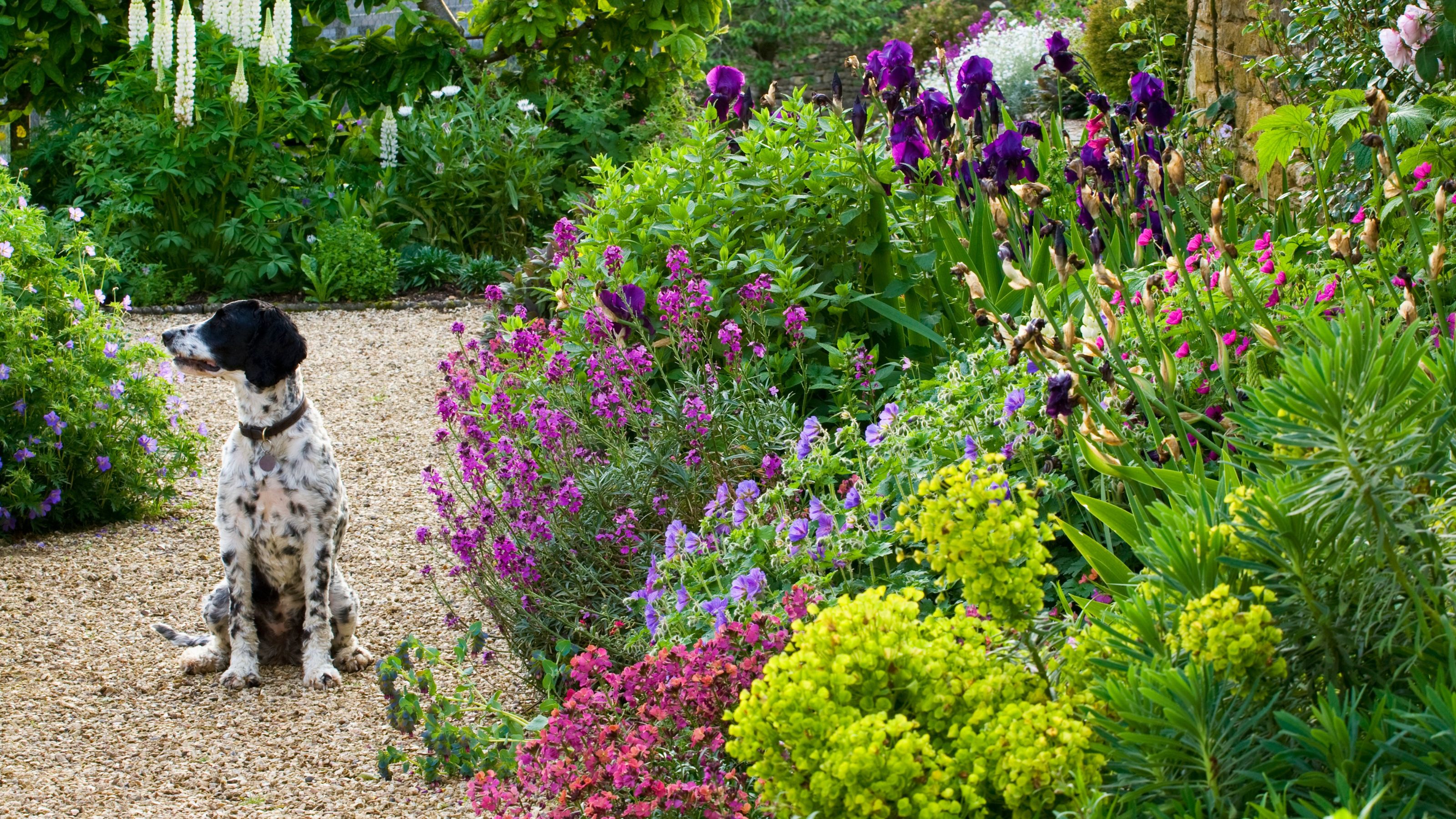

Filler plants for sparse flower beds at the top of your Google search right now? Hey, no judgement; we’ve all been there – standing in the garden, admiring our carefully chosen flowers, only to spot an awkward bald patch ruining the vibe.
Maybe the plants haven’t quite filled out yet, maybe something’s not thriving as planned (RIP to that one hydrangea that never stood a chance), or maybe you just want instant impact without the wait. Enter: filler plants, the unsung heroes of lush, full flower beds.
Yes, these hardworking little wonders are like the scatter cushions of the gardening world – effortlessly tying everything together to upgrade your garden border ideas and create a truly thriving, envy-inducing display. Which, let's face it, is all anyone really wants of their beloved personal oasis.
Filler plants for sparse flower beds
It doesn't matter if you need a fast-growing ground cover, a leafy backdrop, or a burst of colour to liven things up; there are plenty of filler plants for sparse flower beds to choose from.
Here are the ones you need if you want to banish those bare patches like a pro...
1. Alchemilla mollis
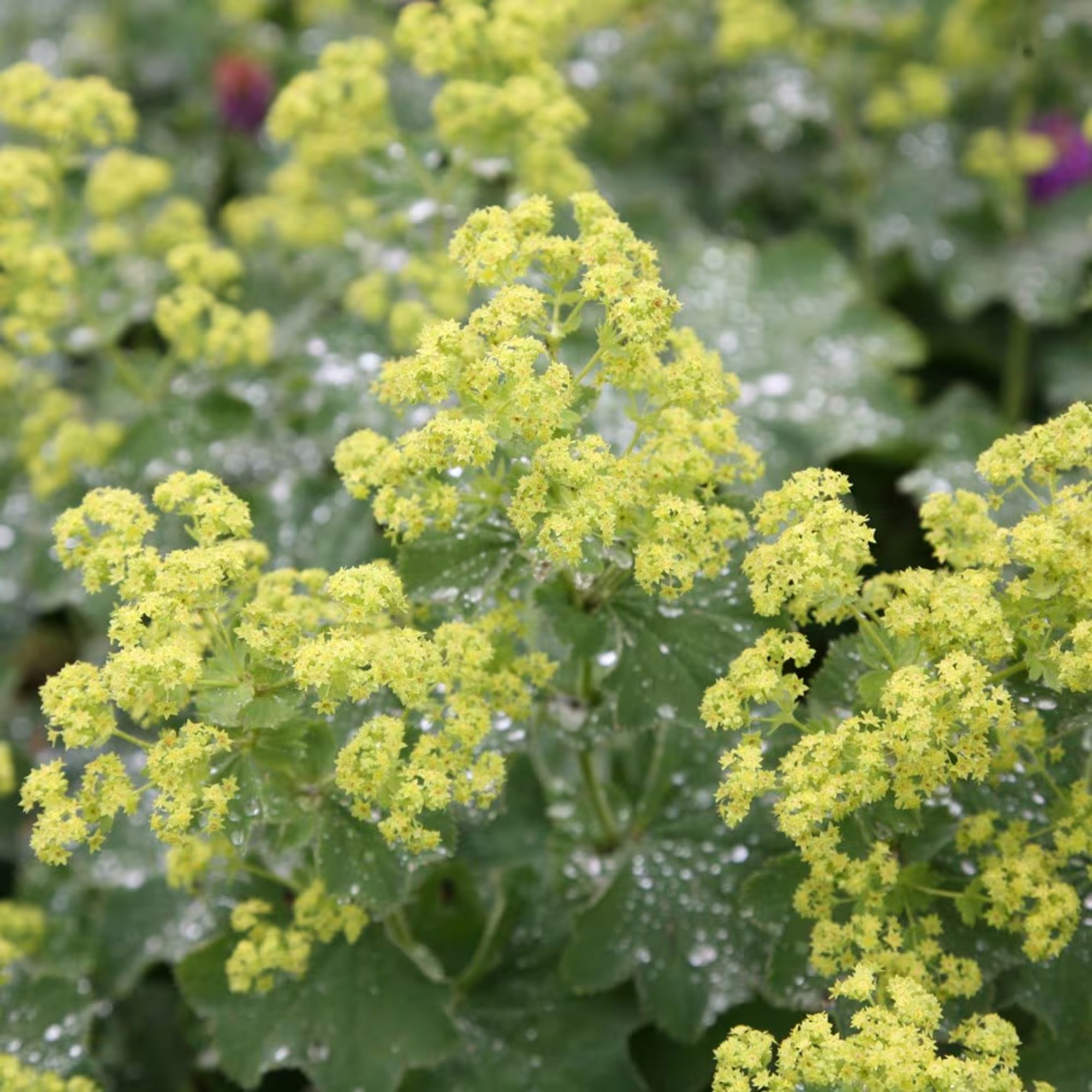
If you're on the hunt for filler plants for sparse flower beds, don't overlook the impact of the not-so-humble lady's mantle.
'Alchemilla mollis, also known as lady’s mantle, is an excellent choice for filling in flower beds,' says Morris Hankinson, director of Hopes Grove Nurseries. 'The leaves are pretty, especially with raindrops on, and the little lime green flowers look lovely – they can even be used in flower bouquets.'
Get the Ideal Home Newsletter
Sign up to our newsletter for style and decor inspiration, house makeovers, project advice and more.

Morris Hankinson is the founder and managing director of Hopes Grove Nurseries Ltd, the UK’s only specialist grower-retailer of hedging plants. He established the thriving business in 1992, shortly after graduating with a Commercial Horticulture Degree from Writtle College, Essex.
Morris adds that these plants 'do self seed, so you might find them popping up around the garden, but they can easily be removed'.
'They grow well in most soil types in full sun to part shade and provide all-year interest.'
Try the alchemilla mollis from Crocus (as seen above) if you want a frothy haze of tiny citrus-coloured blooms.
2. Lavender
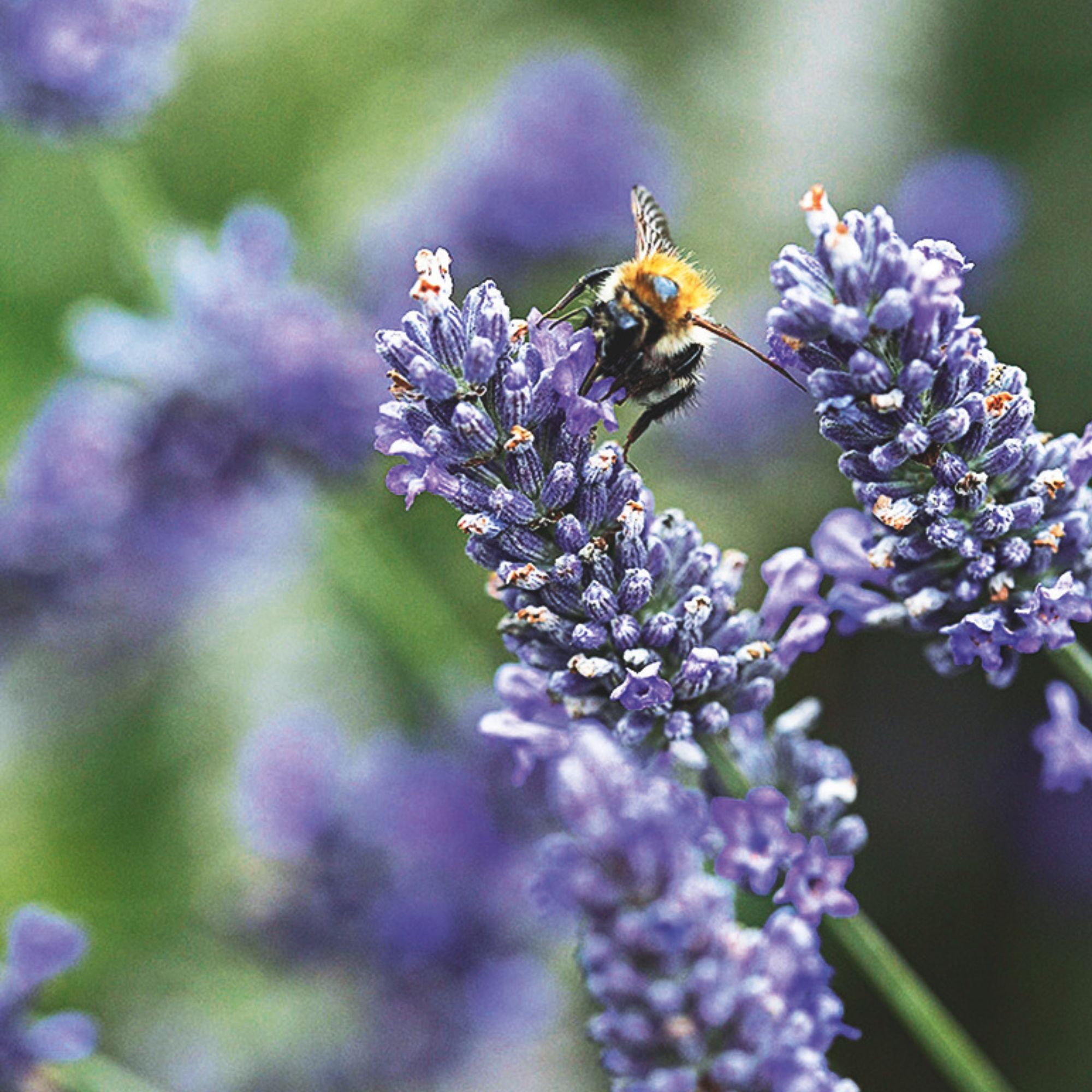
Good news for anyone who knows how to grow lavender: These fragrant flowers make excellent filler plants for sparse flower beds, too!
'Lavender not only fills in space but also brings a lovely fragrance to the garden. It’s an excellent choice for adding texture and colour, especially during the summer months,' says Steven Bell of Ethan Mason Paving.

Steven Bell is an experienced landscaper, with years of experience owning paving and gardening companies. Combining hands-on expertise with a deep appreciation for sustainable landscaping practices, Steven enjoys sharing his insights with readers to inspire their own green-thumb adventures.
Thankfully, this Mediterranean garden favourite is pretty easy to grow. However, as Steven points out, it thrives in well-drained, slightly alkaline soil and full sun, so make sure your flower bed ticks all of those boxes before you get planting.
You can take lavender cuttings and grow new plants for free, or pick up a floriferous compact Lavandula angustifolia 'Hidcote' from Sarah Raven if you prefer.
3. Sedums
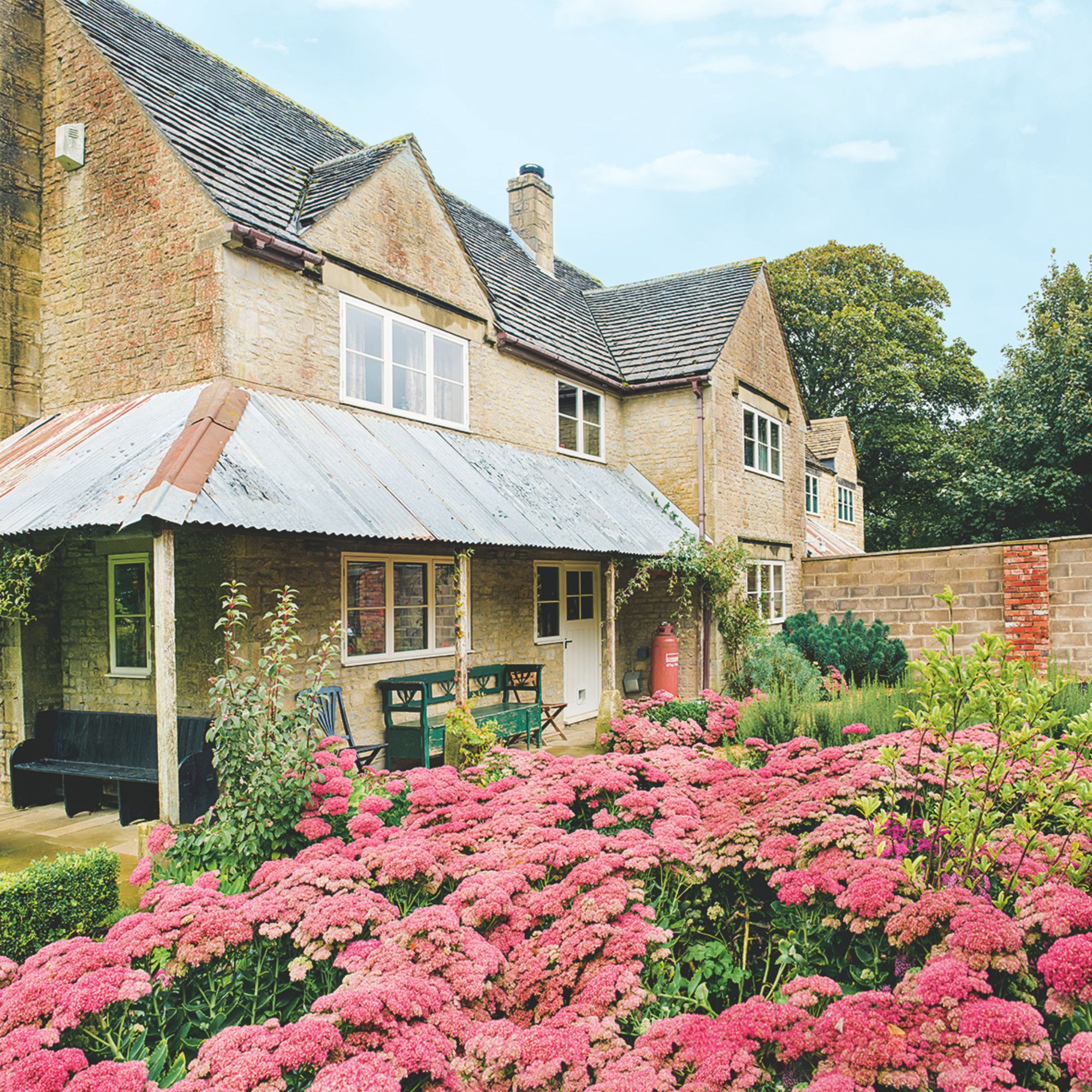
One of our favourite autumn-flowering perennials, you'd best believe that sedums are on our list of filler plants for sparse flower beds.
'Sedums are a wonderful addition to beds and borders, from low growing sedum to the well known 'Autumn Joy' variety,' explains Morris.
'This is drought tolerant, has fleshy leaves and clusters of pink flowers in late summer to autumn. These will bring all the bees to your wildlife garden and provide interest into winter.'
You can bag yourself a pretty stonecrop ( syn. Sedum Autumn Joy ) from Crocus en masse for extra ease when it comes to filling those empty borders up.
4. Geraniums
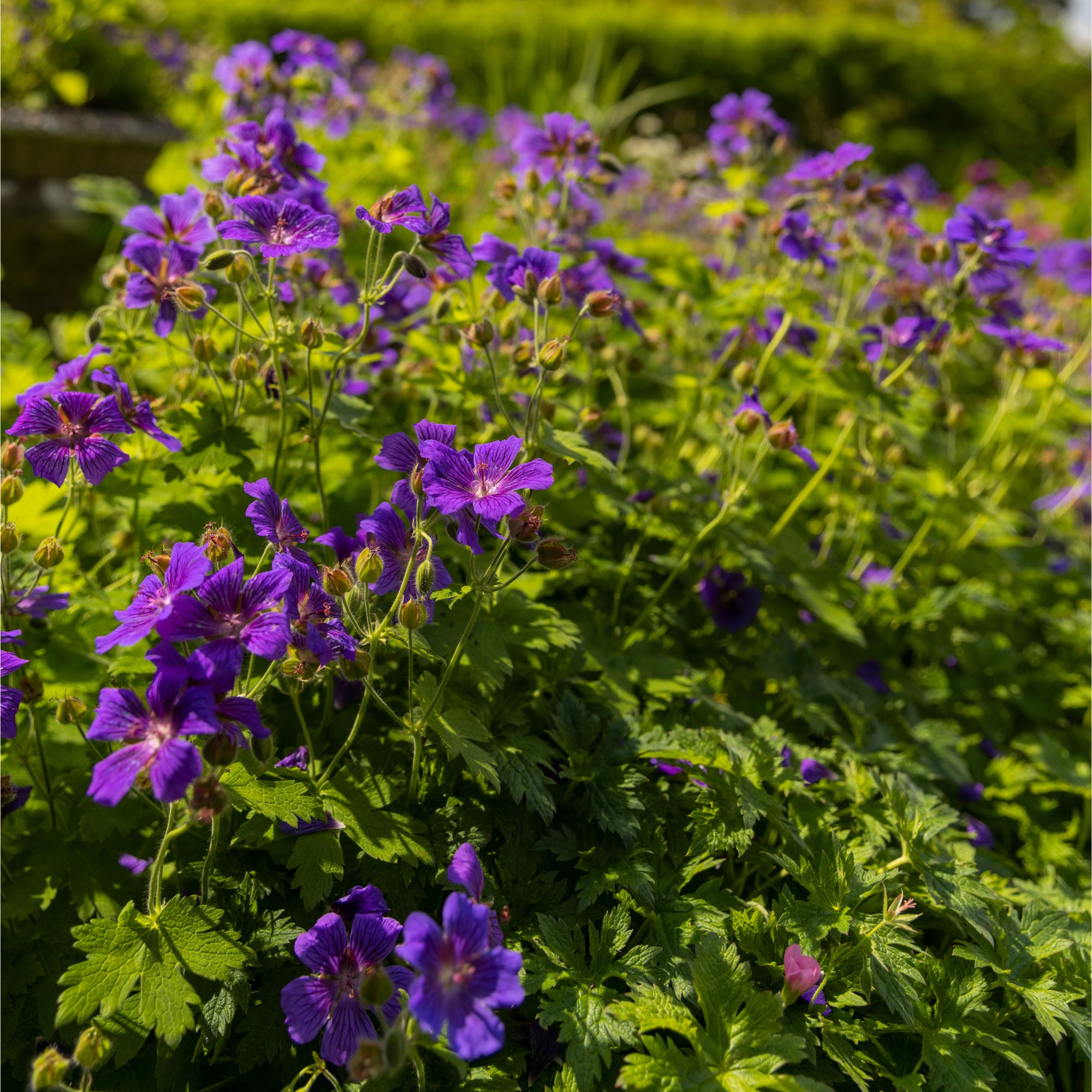
If you already know how to grow geraniums, you're well on your way to filling up your bare garden borders with gorgeous flowers.
'These are hardy, low-maintenance plants that can quickly fill in gaps in a flower bed,' promises Steven. 'Not least of all because they produce vibrant blooms in a range of colours, including red, pink, and white.'
By way of a warning, Morris adds that 'hardy geraniums are not to be confused with the annual varieties'.
'Hardy Geraniums are also known as Cranesbill and are perennials,' he explains. 'There are many varieties available from pink to purple which will quickly fill out and spread around sparse areas in the garden... and many can tolerate light shade, too.'
Personally, I'm a big fan of the violet-blue geranium 'Rozanne' from Sarah Raven if you want a truly striking pop of colour in your outdoor space.
5. Calibrachoa
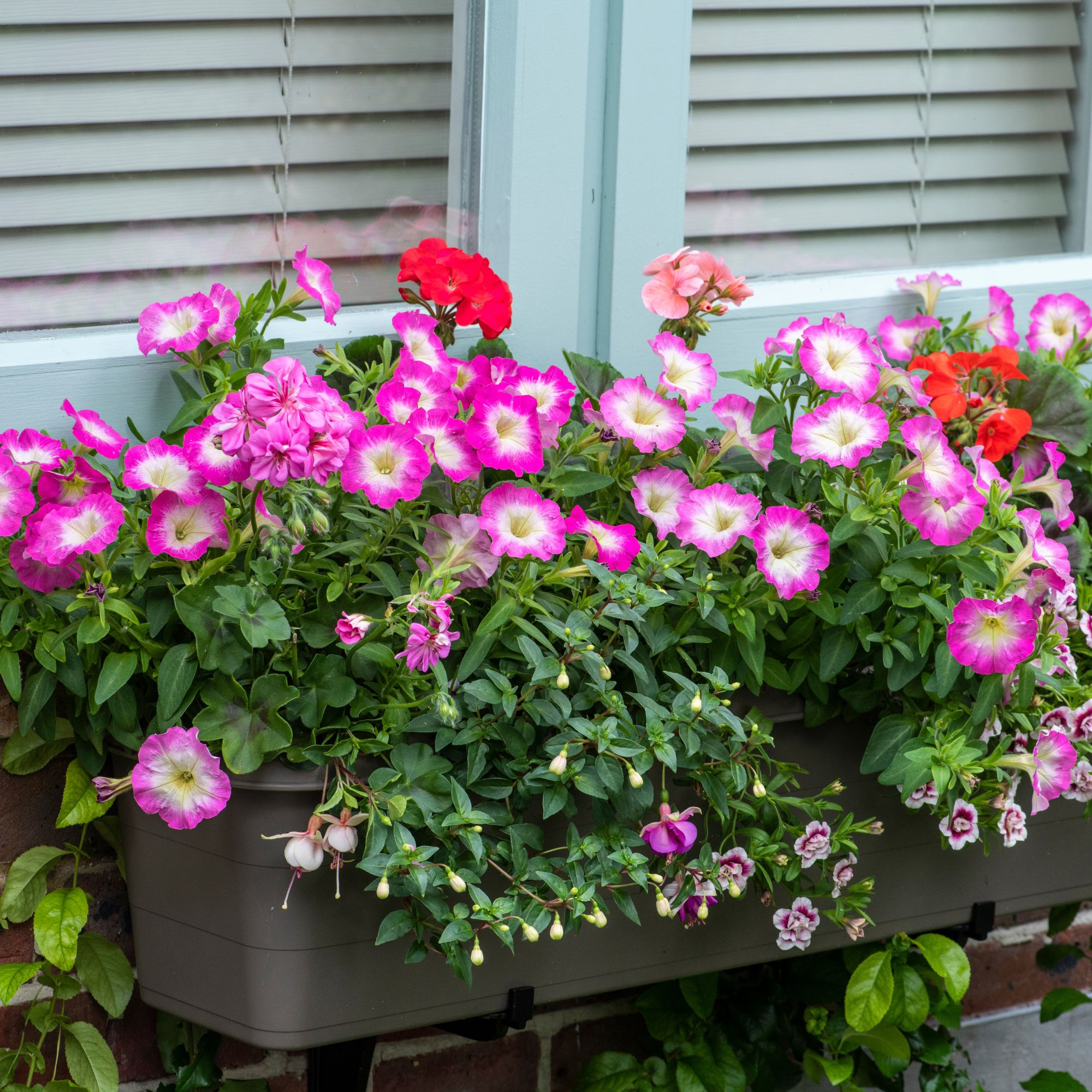
We get it: It's tempting to stick to perennials for their comeback value. Still, don't count out annuals like calibrachoa when it comes to sourcing filler plants for sparse flower beds.
'Calibrachoa are usually grown in hanging baskets and containers, but they are ideal to fill in balding beds if you want instant impact,' says Morris.
'They are also known as ‘Million Bells’ and the plants are covered in bright coloured flowers from purple to yellow, orange to pink. These will flower all summer until the first frost, when they can be removed and replaced with winter pansies.'
Try something like the Calibrachoa 'Cabaret Early Pink' (Cabaret Series) from Crocus if you want a real Barbie-pink vibe.
FAQs
What are good plants to fill gaps?
If you're looking for good plants to fill gaps in your flower beds, consider the likes of alchemilla mollis, lavender, sedums, geraniums, and calibrachoa an excellent starting point.
'Heuchera, hostas, marigolds, thyme, and Creeping Jenny are also excellent choices,' says Steven Bell of Ethan Mason Paving.
'When designing your flower bed, consider combining plants with varying heights, textures, and bloom times. This creates a visually interesting and dynamic display throughout the seasons,' he adds.
'And don't forget that most of these plants can be planted in early spring or autumn, ensuring that the soil is not too hot or too cold for optimal root growth. So you can set to work now if you're quick!'
How to fill gaps in garden beds?
'If flower beds look sparse there are many plants which will easily fill in spaces and brighten up the beds, including annuals and perennials,' promises Morris Hankinson of Hopes Grove Nurseries. 'The more plants the merrier!'
He adds that filling beds with plants can be helpful in many ways from providing habitat and food for wildlife and pollinators to helping soil retention.
'Look for plants that have a creeping or trailing habit or fill with perennials which will just need dividing every few years when they get large.'
And don't forget: filling gaps with annual flower and wildflower seeds can provide a pretty look in beds and borders. 'If you're feeling savvy and opt for something like nigella, you can leave it to go to seed and enjoy flowers each year,' promises Morris.
And there we have it: the best filler plants for sparse flower beds don't have to cost the earth, so long as you know what to look for.
We'll race you for the last sedum...

Kayleigh Dray became Ideal Home’s Acting Content Editor in the spring of 2023, and is very excited to get to work. She joins the team after a decade-long career working as a journalist and editor across a number of leading lifestyle brands, both in-house and as a freelancer.
You must confirm your public display name before commenting
Please logout and then login again, you will then be prompted to enter your display name.
-
 My go-to Ninja coffee machine is on sale for Easter weekend
My go-to Ninja coffee machine is on sale for Easter weekendIt makes coffee shop quality achievable at home
By Molly Cleary
-
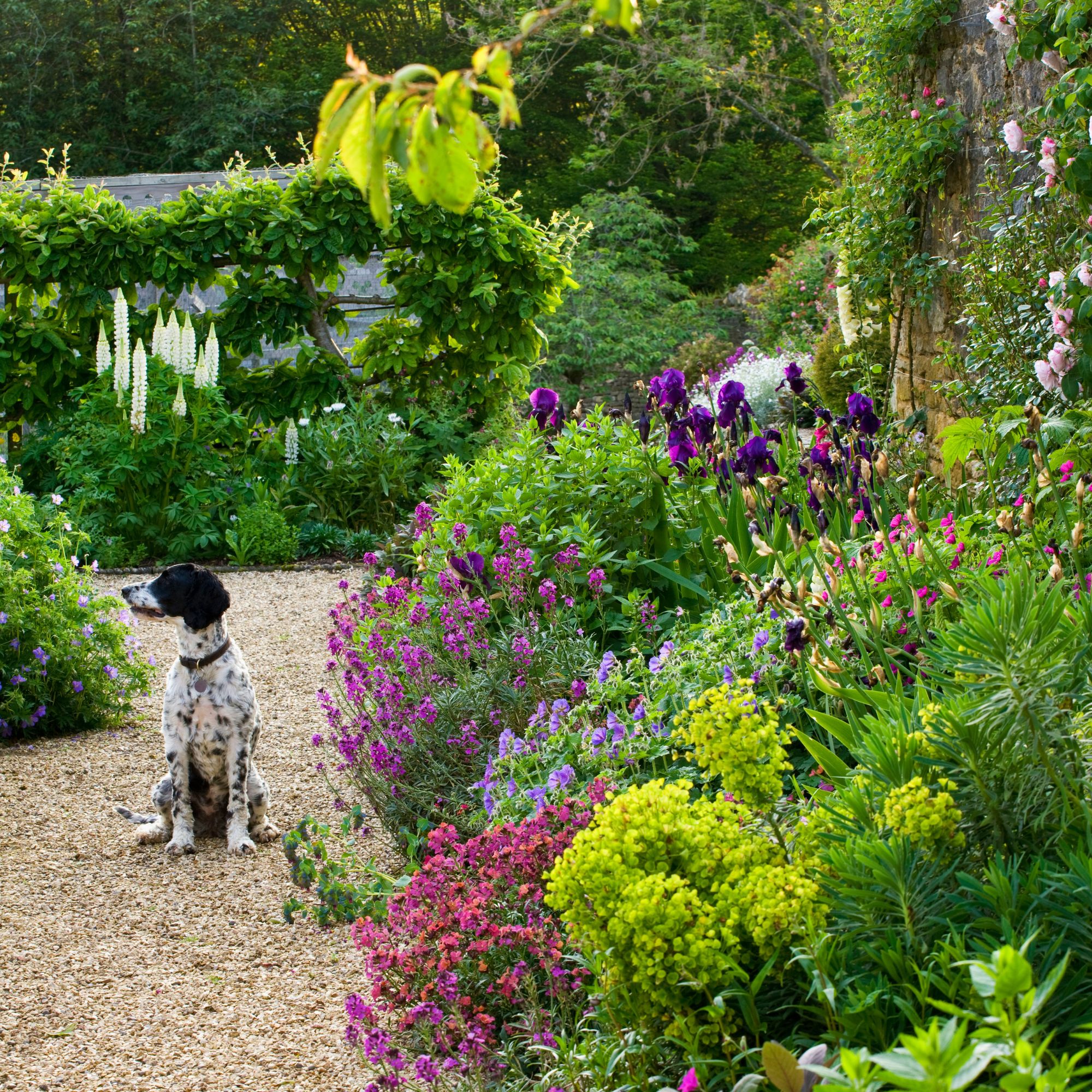 When to plant out annual flowering plants for vibrant, colourful garden borders – and give them the best start, according to experts
When to plant out annual flowering plants for vibrant, colourful garden borders – and give them the best start, according to expertsNot sure when to plant out annual flowering plants? We've got you covered...
By Kayleigh Dray
-
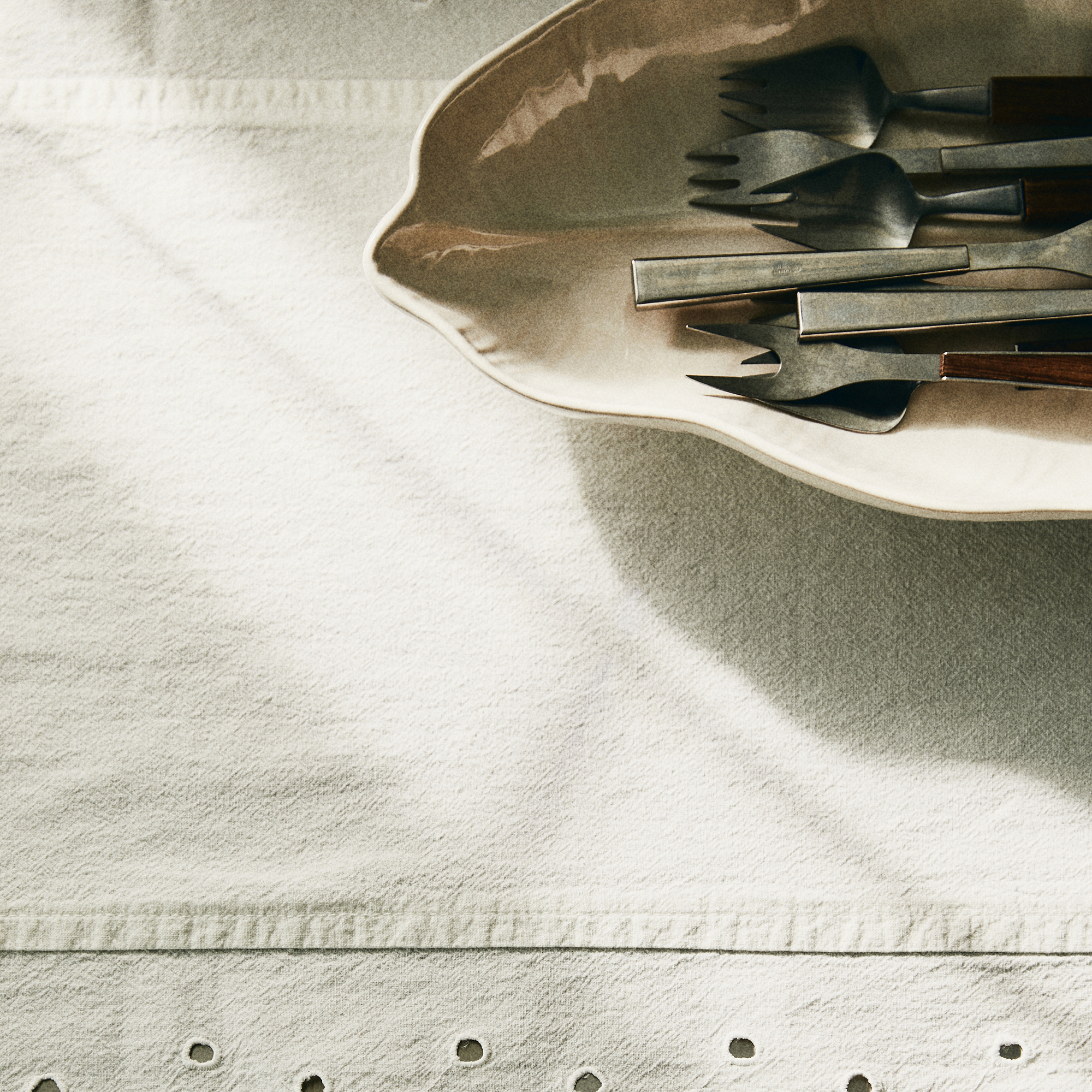 I'm a kitchen decor editor and didn't like this tableware trend - until I saw H&M Home's designer-look plates
I'm a kitchen decor editor and didn't like this tableware trend - until I saw H&M Home's designer-look platesThey made it easy to justify a new crockery set
By Holly Cockburn